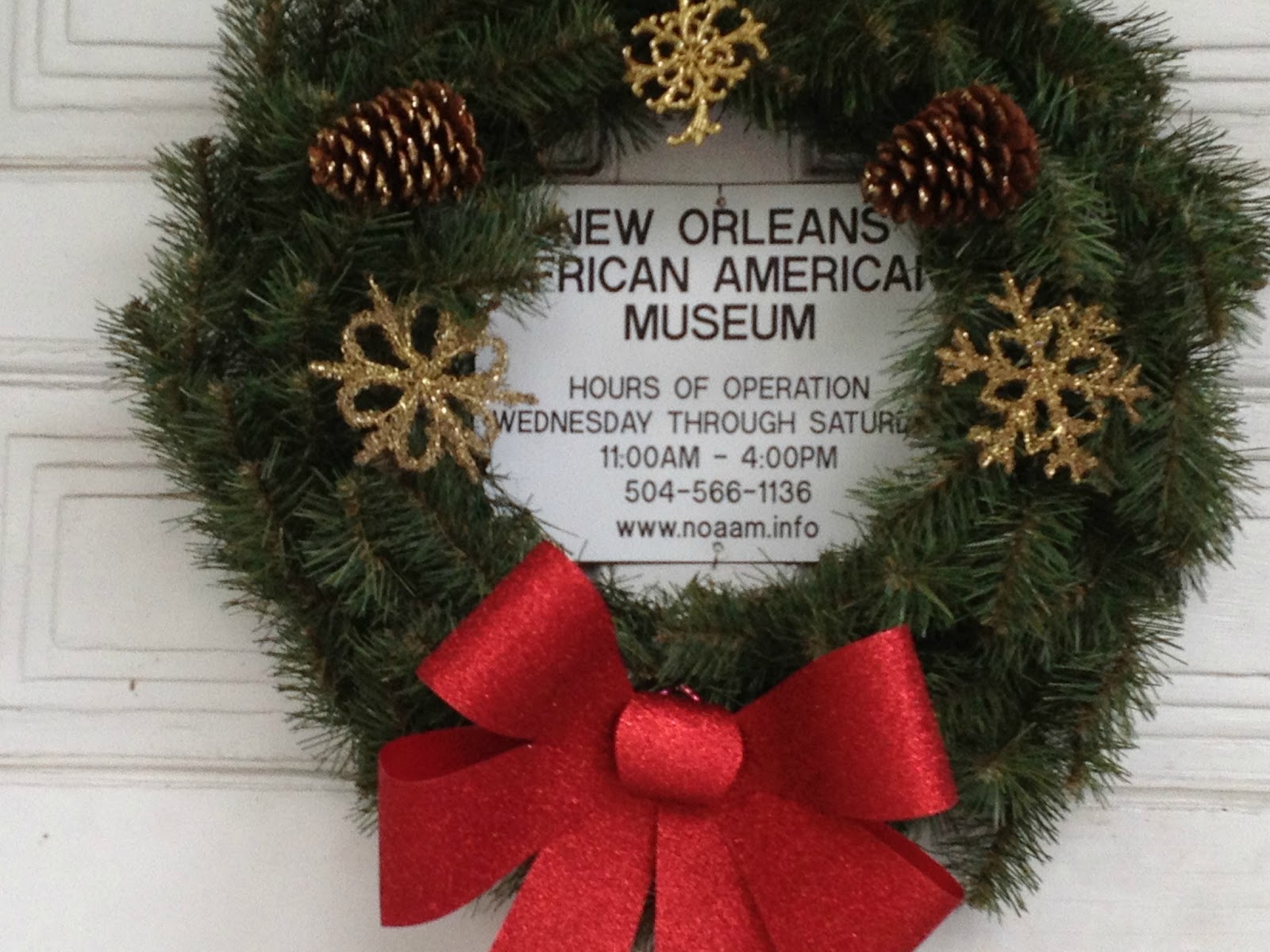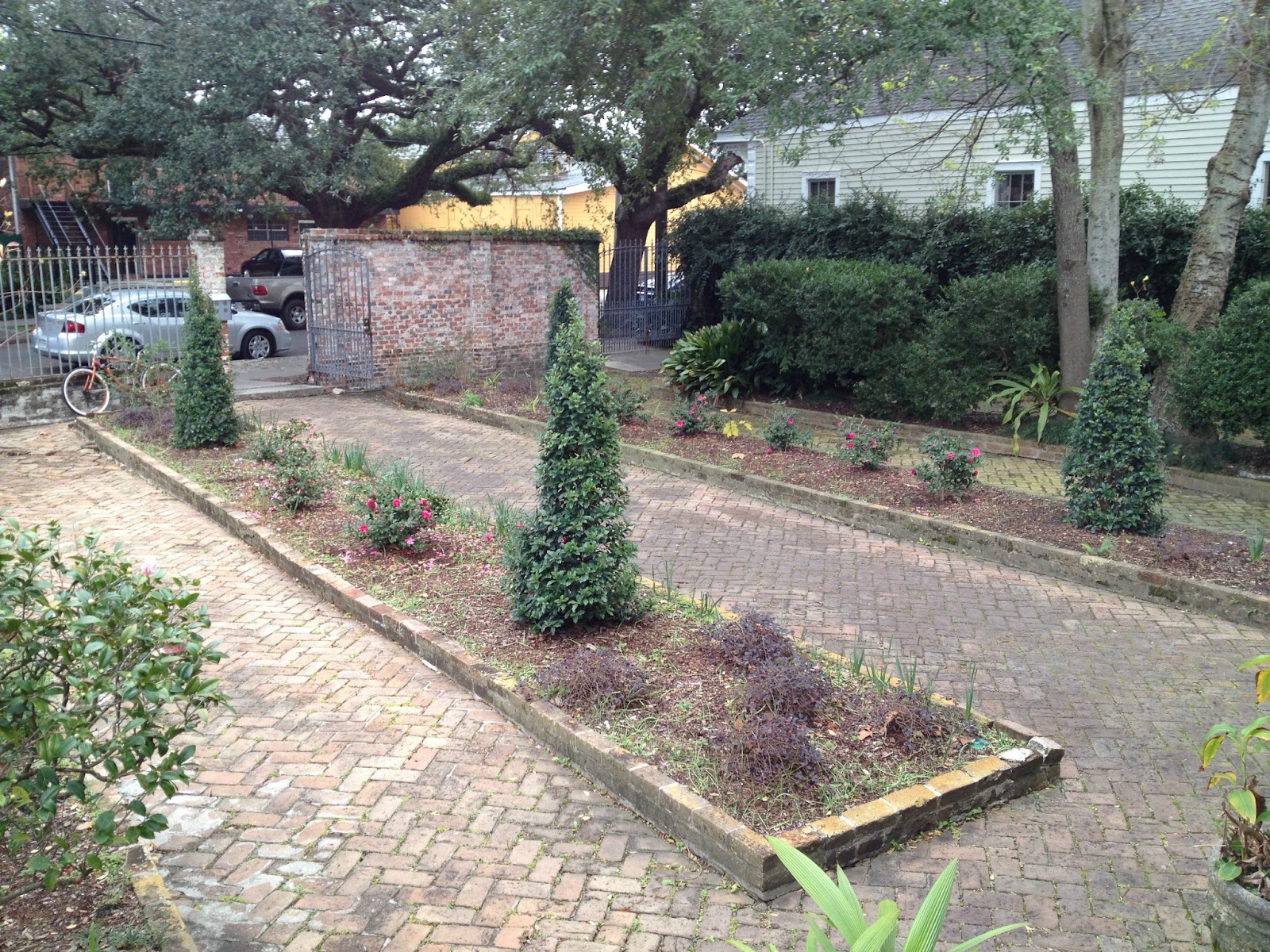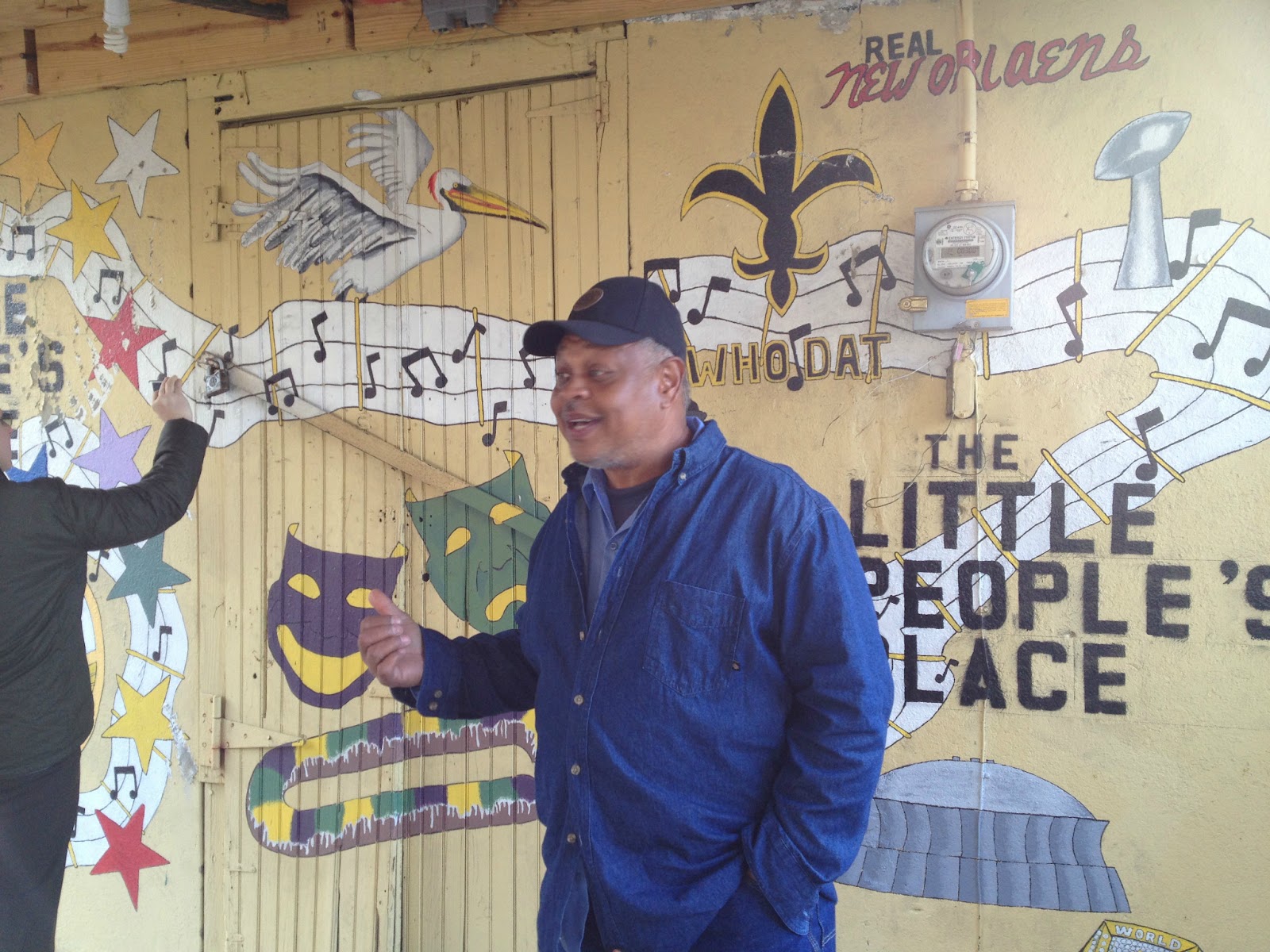 |
| U Street African American Civil War Memorial Cardozo Station City Within A City Greater U Street Heritage Trail #Black History Check out the City Within a City audio tour hosted by NPR’s Korva Coleman! Learn about the history of U Street, find fun places to shop, and great places to eat at the Greater U Street Visitor Center! Follow the signs on this self-guided Cultural Tourism DC Neighborhood Heritage Trail to learn more about Washington's Greater U Street neighborhood, where a nationally significant, self-sufficient African American community flourished in the early 20th century. City Within a City: Greater U Street Heritage Trail's 14 poster-sized, illustrated signs combine storytelling with historic images. Discover the history of this neighborhood celebrated for nurturing national and international leaders in civil rights, law, science, and the arts. The first sign is located at 13th and U Streets, NW, near the U Street/Cardozo/African American Civil War Memorial Metro stop. The 90-minute, self-guided tour loops through the Greater U Street Historic District and ends at 14th and U streets, NW. Walkers are encouraged to follow the trail at their own pace, sampling neighborhood character, businesses, and restaurants along the way. For more information, email at Trail@CulturalTourismDC.org or call 202-661-7581 www.culturaltourismdc.org |
SkychiTravels | Black | African American Traveler - shares travel stories, photos, videos about Chicago, Jazz Music, hotels, restaurants and attractions plus travel tips. Affiliate Links on this site.
Saturday, February 8, 2014
U Street African American Civil War Memorial
Friday, February 7, 2014
Buffalo Soliders Black History at Audubon Park
 |
| Audubon Park |
"The 39th Congress Section 1, Chapter 299, passed Section 3 of the Army Organization Act of 1866 authorizing Six Regiments of Negro Troops, Two Cavalry and four infantry. On Sept. 21, 1866 The Ninth Calvary was activated near the site of Greenville, Louisiana which is now Audubon Park.
 |
| Buffalo Soldiers Plaque |
The Ninth Cavalry was ordered to Texas in June 1867 to protect the mail and the stage coach routes between San Antonio and El Paso and to defeat raiding Indians in the region. They maintained law and order, built forts, escorted wagons trains, and engaged in battles against Chief Vlctorlo, Chief Geronimo and Chief Nana,
 |
| SkychiTravels in front of a fountain at Audubon Park |
The name "Buffalo Soldier" was given to them by the Plains Indians. They gained respect from the Indians because their fighting spirit, stamina, courage and the similarity of their hair to the buffalo.
 |
| Children playing at the fountain |
 |
| Fountain at entrance of Audubon Park |
Did you know that the Buffalo Soldiers Regimen was formed in New Orleans at Audubon Park?
LaFreniere Park- Beauty of French Aristocracy
 |
| LaFreniere Park |
New Orleans is the only city in the United States with its own culture, food, architecture, music, and customs.
The beautiful parks of New Orleans find their legacy in the French Monarchy appreciation for the palaces with expansive gorgeous gardens such as the Palais de Versialles. The French Aristocracy played games in gardens surrounded by flowers, birds and animals.
La Freniere Park is a magnificent park located in Metairie Park in Jefferson Parish. The 155 acre park features a lagoon with various species of ducks, geese, swans, rabbits, roosters and beavers.
You escape the crowds of the French Quarter to appreciate the nature of French Aristocracy at La Freniere Park.
MSY Louis Armstrong New Orleans International Airport
 |
| Louis Armstrong Statue New Orleans International Airport |
"Biography of Louis Daniel Armstrong
Louis Armstrong was born in New Orleans in the Storyville District known as "the Battlefield" on August 4, 1901. He left school at the 5th grade to help support his family. He sang on street corners, sold newspapers and delivered coal.
He went to the Colored Waif's Home for shooting a gun to celebrate New Year's Eve on December 31, 1912. He learned to play the bugle cornet and to read music from Peter Davis at the Waif's Home. After 18 months, he left the Waif's Home determined to become a musician.
Armstrong first married Daisy Parker as his career as a musician developed.
King Oliver succeeded in encouraging Armstrong to move to Chicago to join his band. While in Chicago, Armstrong married Lil Hardin on February 4, 1924. Lil was a graduate of Fisk University and an excellent pianist who could read, write and arrange music. She encouraged and enhanced Armstrong's career. Some of the Jazz icon's most important and successful work was accomplished with his Hot Fives and Hot Sevens Bands. They separated in 1931 and later divorced in 1938. Louis married Alpha Smith in 1938 after his divorce from Lil.
During that time, Armstrong became very popular and one of the genre's most sought after trumpeters. He traveled a great deal and spent considerable time in Chicago and New York. He first moved to the Big Apple in 1924 to join Fletcher Henderson's Orchestra. Armstrong stayed in New York for a while but moved back to Chicago in October of 1925. He later went back to New York in 1929.
While maintaining a vigorous work schedule, as well as living and travelling back and forth to Chicago and California, Armstrong moved back to New York in the late 1930s and later married Lucille Wilson in 1942. He remained there until his death on July 6, 1971. He left his entire estate to Lucille, his beloved wife.
Louis Armstrong was the most important creative force in the early development and perpetuation of America's music, Jazz. His influence, as an artist and cultural icon, is universal, unmatched, and very much alive today.
According to the website for the Louis Armstrong House Museum: "Louis Armstrong's achievements are remarkable." During his career, he:
Developed a way of playing jazz, as an instrumentalist and a vocalist, which has had an impact on all musicians to follow.
Recorded hit songs for five decades, and his music is still heard today on television and radio and in films.
Wrote two autobiographies, more than ten magazine articles, hundreds of pages of memoirs, and thousands of letters.
Was the only Black Jazz musician to publicly speak out against school segregation in 1957.
So popular that warring sides in the Democratic Republic of the Congo in Central Africa temporarily stopped fighting in 1960 to attend an Armstrong concert.
Appeared in more than thirty films (over twenty were full-length features) as a gifted actor with superb comic timing and an unabashed joy of life.
Composed dozens of songs that have become jazz standards.
Performed an average of 300 concerts each year, with his frequent tours to all parts of the world earning him the nickname "Ambassador Satch," and became one of the first great celebrities of the twentieth century.
Through the years, Louis entertained millions, from heads of state and royalty to the kids on his stoop in Corona. Despite his fame, he remained a humble man and lived a simple life in a working-class neighborhood. To this day, everyone loves Louis Armstrong—just the mention of his name makes people smile."
Special thanks to Michael Cogswell, Ricky Riccardi and Louis Armstrong House Museum for their invaluable help and resources."
For more information on Louis Armstrong:
Louis Armstrong House Museum
34-56 107 Street
Corona, Queens, NY 11368
718-478-8274
Fax: 718-478-8299
www.louisarmstronghouse.org
KEEP JAZZ ALIVE!
Thursday, February 6, 2014
Norman's Bistro on Chicago's Muddy Waters Drive
Norman's Bistro is located on Muddy Waters Drive. Muddy Waters was the most influentinal Blues Singer of all time. Muddy Waters McKinley Morganfield lived in this area during when he first arrived in Chicago from Mississippi. He lived in Kenwood area of Chicago from 1954 to 1974.
All the musicians and record executives would come to visit him at his home on 4339 South Lake Park Avenue. Muddy Water's home is listed on the Landmark's Illinois 2013 Ten Most Endangered Historical Places. There is a movement to save Muddy Waters Chicago Residence. After dining at Norman's Bistro pass by the Historic Home of Muddy Waters.
Normans Bistro
Delectable American Creole Cuisine with a Brazilian Flair
Live Jazz on Sundays
1001 East 43rd Street
Chicago, IL 60653
(773) 966-5821
www.normansbistro.com
Related Articles:
New Orelans African American History Museum & Treme Walking Tour
 |
| New Orleans African American Museum |
 | |
|
 | |
|
 |
| Meilleur-Goldthwaite House Ercted 1826-1829 Residence of WM. F. Goldthwaite, Antiquarian 1859-1889 |
 |
| Interior of New Orleans African American Museum |
 |
| The mission of the New Orleans African American Museum is to preserve, interpret and promote the African American cultural heritage of New Orleans, with a particular emphasis on the Tremé community. |
 | |
|
 | |
|
 |
| Meilleur-Goldthwaite House Ercted 1826-1829 Residence of WM. F. Goldthwaite, Antiquarian 1859-1889 |
 |
| Treme Viall Meilleur New Orleans African American Museum of Art Culture and History |
 |
| Meilleur-Goldthwaite House Ercted 1826-1829 Residence of WM. F. Goldthwaite, Antiquarian 1859-1889 |
 |
| Meilleur-Goldthwaite House Ercted 1826-1829 Residence of WM. F. Goldthwaite, Antiquarian 1859-1889 |
 |
| Milton Guide of Treme Walking Tour |
 |
| Mr. Robinson former proprietor of the Historiuc Little Peoples Place |
 |
| Milton Tour Guide at New Orleans African American Museum |
 |
| Little People's Place in Treme |
 |
| Treme Walking Tour Guide sharing history of area |
 |
| Memorial of the Unknown Slave at Saint Augustine Church |
 |
| Movie Set of HBO TV Series Treme |
 |
| Creole Townhouse Built Circa 1850 Listed on Register of National Historic Places |
 |
| View of Slave Quarters |
Treme is the oldest Black neighborhood in the United States. Treme is also known for the birth of jazz and brass bands. The pioneers of jazz Louis Armstrong and Sidney Bechet created jazz solo traditions. Some more modern New Orleans jazz musicians from Treme are the Marsalis family of Wynton, Branford, and Delfeayo; Harry Connick Jr., Trombone Shorty and The Soul Rebels.
Trombone Shorty Treme Scenes from TREME HBO TV Series
NOAAM - New Orleans African American History Museum
1418 Governor Nichols Street
New Orleans, LA 70116
504-566-1136
Tip: Call the NOAAM before you visit to verify the times of the guided tour and Treme Walking Tour
Have you ever heard Trombone Shorty cry out "NOLA" "TREME" "WHO DAT?" before his playing his concert?
Wednesday, February 5, 2014
Bronzeville History at the Chicago's Home of Chicken & Waffles
Chicago's Home of Chicken and Waffles is located in one of the last remaining buildings from the Chicago Blues/Jazz History. The corner of 39th King Drive (South Parkway) and Oakwood Boulevard is the site of the former Ritz Hotel and Ritz Lounge. Some of the great musicians who stayed at the Ritz Hotel are Fats Waller, Earl Hines and Duke Ellington. Chicago native and Wendell Phillips High School Alumni Dinah Washington performed at the Ritz Lounge which was owned by Jimmy Cooper.
These are stories about the Historic Ritz Hotel and Ritz Lounge as told by author Dempsey Travis "An Autobiography of Black Jazz".
As related by Tenor Saxophonist Franz Jackson, "Waller usually had a portable organ in his room. He often tole me the story about the Christmas Eve he spent in Chicago at the Ritz Hotel located on South Parkway (King Drive) and Oakwood Boulevard. That night after he finished work he went to his room with a friend and started working out on the organ. The room was literally rocking when it slowly began filling up with piano players. Duke Ellington, who was staying in the hotel, was the first to drift into Waller's room, followed by Earl Hines, who was working next door at the Terrace. Billy Kyle, the pianist with John Kirby's Orchestra, was also staying at the hotel, and he came downstairs to Waller's room feeling good and just flopped down on the bed. Not too much time had passed before Duke pulled out his handkerchief, pretending to wipe his nose. Earl Hines started rubbing his eyes as though they itched. There was not a dry eye in that room because all the "cats" had become homesick and were moved by Waller's sensitive rendition's of "Silent Night" and other holiday songs."
As told by Tenor Saxophonist David A. Young; "In 1942, I joined Lucky Millinder's Orchestra. It was loaded with talented musicians, "Dizzy" Gillespie and "Cat" Anderson were in the trumpet section; 'Panama' Francis was the organist. There were a total of sixteen singing cats in the band.
The Millinder band was actually a back-up touring orchestra for the Four Ink Spots who were at the height of their popularity during that period. Their "If I Didn't Care" number was still breaking up the house. But for some reason, tall, slim and handsome Bill Kenny, the lead singer and star of the "Spots", was jealous of the short, chocolate brown Deak Watson. On many occasions after they had taken their bows and were waiting offstage for the applause, Bill Kenny would haul off and hit Deak Watson in the mouth and then both of them would run back on stage as if nothing happened. Hoppy Jones, the baritone who owned and organized the group for radio station WLW in Cincinnati, would frequently remind Bill Kenny, who was born in the West Indies, that when they picked him up he was on his behind and they could leave him that same way. That would have been easy because Bill Kenny gambled away his money almost as fast as he made it. He would sometimes lose as much as $4,000 a night with Jimmy Cooper who ran a twenty-four crap game at the DuSable Hotel at 764 East Oakwood Boulevard. Charlie Cole, one of the owners of the DuSable Lounge, used to say that Bill Kenny worked to gamble,. Jimmy Cooper made enough money out of those games to buy the Ritz Lounge, which was located in the basement of the Ritz Hotel at 409 East Oakwood Boulevard, just twenty-five feet east of South Parkway [now King Drive].
I went into the Ritz Lounge in February 1947 with a six-piece combo which included Pee Wee Jackson on trumpet, Goon Gardner on alto sax, Curtis Walker on drums, Rudy Martin on piano and Bill Nettles on bass. The Ritz had a blues loving crowd. Jo Jo Adams, a blues singer, was one of the main attractions at the lounge when we started. He obtained a better gig at Club DeLisa and gave Jimmy Cooper his notice.
Billie Holiday was in town working at the Colosimo Cafe at 2126 South Wabash Avenue. Lady Day and Jimmy Cooper were very good friends. Cooper and I went down on South Wabash to persuade her to come out and work at the Ritz Lounge after she closed at Colosimo's.
Billie said; "Jimmy, I can't do it, but I know a black bitch who has never made more than a hundred dollars a week in her life who could do you a lot of good. You take this bitch and put her in your place and when she opens her mouth and starts singing, the plaster on the wall will start shivering. Here is her telephone number. Her name is Ruth Jones, but she works under the name of Dinah Washington."
Jimmy laughed. "I don't want the bitch," he said, "but I have got to have somebody."
Dinah had been a student at Wendell Phillips. She had won an amateur contest at the Regal Theater and gigged around the country with Lionel Hampton's Orchestra for seventy-five dollars a week. Her best know record up until that time was a bold and unabashed rendition of "Evil Gal Blues," which she waxed with Lionel Hampton's orchestra for Keynote Records in 1943.
Dinah Washington was the first big time act to appear at the Ritz Lounge. Her salary was $250 per week. She had not been at the club ten days before we started having standing room only crowds in that non-air-conditioned room. On weekends, people would stand in lines extending one-half block east of Oakwood Boulevard just to hear Dinah and sweat. Mike DeLisa and his henchmen from Club DeLisa would come down almost every night trying to figure out what made this black blues singer such a sensation. The two solid months that Dinah remained at the Ritz during her first engagement, the club stayed packed as tight as a can of sardines nightly. Jimmy Cooper was so glad to get her back later that year when she returned from a road trip that he increased her salary to $750."
As you dine on the mouth-watering Southern Soul Food at Chicago's Home of Chicken and Waffles imagine the jazz and blues great performers who made the Ritz Hotel and Ritz Lounge jump with music.
Chicago's Hone of Chicken and Waffles
3947 South King Drive
Chicago, IL 60653
773-536-3300
www.chicagohomeofchickenand waffles.com
Related Articles:
Subscribe to:
Comments (Atom)







